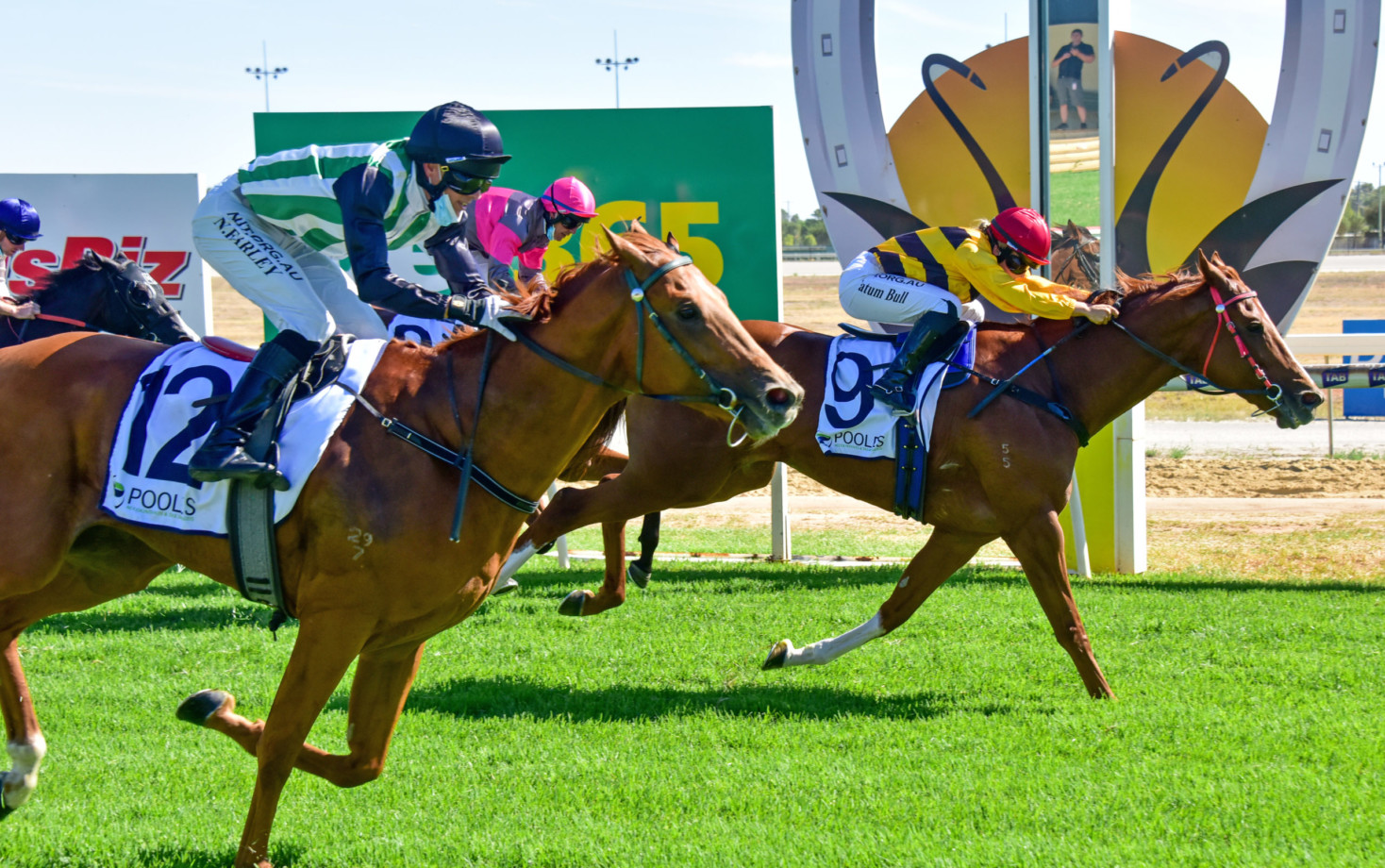Seeking A Professorship In Fine Arts? Focus On Spatial Concepts

Table of Contents
Demonstrating Expertise in Spatial Theory
Articulating your understanding of key spatial theories
To effectively demonstrate your expertise in spatial concepts in fine arts, you must articulate a nuanced understanding of relevant theories. This goes beyond simply listing names; it requires showcasing how these theories inform your artistic practice and teaching methodology.
-
Explain how your research and teaching incorporates theories from artists like Agnes Martin, Yayoi Kusama, and El Anatsui. Analyze how their works manipulate space, perspective, and the viewer's experience. For instance, discuss Martin's minimalist grids and their creation of expansive, contemplative space, Kusama's immersive installations and their impact on the viewer's sense of self within the environment, and Anatsui's large-scale sculptures that redefine and reshape spatial boundaries.
-
Discuss your familiarity with relevant theorists such as Michel Foucault (space and power), Henri Lefebvre (the production of space), and Yi-Fu Tuan (human experience of space). Explain how Foucault's concept of space as a social construct relates to your artistic practice, how Lefebvre's three dimensions of space (physical, social, mental) influence your understanding of artistic creation and reception, and how Tuan's work on the phenomenology of place informs your approach to site-specific art or installation.
-
Provide specific examples from your work. Connect theoretical frameworks to concrete examples from your own artistic production, research, or teaching. This could involve analyzing how your artistic choices reflect specific spatial theories, or explaining how you integrate these theories into your pedagogical approach. This demonstrates a critical understanding and a practical application of spatial theory.
Highlighting your research on spatial relationships in art
Your research is a crucial element in demonstrating your expertise in spatial concepts in fine arts. Highlighting its originality and impact is vital for a strong application.
-
Mention publications, presentations, or exhibitions related to spatial concepts. List your publications in peer-reviewed journals or books, presentations at academic conferences, and participation in exhibitions focusing on spatial themes. Provide links or references whenever possible.
-
Discuss your methodologies (e.g., qualitative analysis of artworks, spatial mapping, etc.). Clearly articulate the methods you employ in your research, emphasizing their rigor and relevance to the study of spatial relationships in art. For example, explain how you use qualitative analysis to interpret the spatial dynamics in a specific artwork, or detail the process of creating spatial maps to analyze the organization and flow of space in an exhibition or public installation.
-
Showcase the originality and impact of your research. Quantify your accomplishments where possible (e.g., number of publications, conference presentations, exhibition views, citations of your work). Discuss the contribution your research makes to the field and its broader implications.
Integrating Spatial Concepts into your Teaching Philosophy
A strong teaching philosophy demonstrating an innovative approach to spatial concepts is essential for a successful application.
Developing innovative pedagogical approaches
Your teaching philosophy should demonstrate how you actively incorporate spatial concepts into your curriculum. Highlight your commitment to student-centered learning and critical thinking.
-
Describe how you incorporate spatial concepts into your teaching. Provide specific examples of studio assignments, lectures, or workshops focused on spatial manipulation, analysis, and creation. For instance, describe projects that challenge students to engage with specific spatial theories, or projects that involve site-specific art-making and installations.
-
Emphasize student-centered learning and the development of critical thinking skills related to spatial awareness. Explain how your teaching methods foster student engagement and critical analysis of spatial relationships in art. Mention strategies you use to encourage students to question their assumptions about space and explore different spatial perspectives.
Showcasing successful student outcomes
Demonstrating the impact of your teaching on student learning is vital.
-
Provide examples of student projects that demonstrate a strong understanding of spatial concepts. Include images or descriptions of student work, exhibitions, or published research that illustrate the success of your teaching methods.
-
Quantify the impact of your teaching (e.g., student performance, awards won). If possible, quantify the success of your teaching, highlighting any awards your students have won, their participation in exhibitions, or their progress in developing a nuanced understanding of spatial concepts.
-
Use concrete examples to illustrate the effectiveness of your teaching methods. Describe specific instances where your teaching led to improved student understanding, creative breakthroughs, or successful project outcomes related to spatial awareness.
Crafting a Compelling Application that Highlights Spatial Concepts
Your application materials must effectively communicate your expertise in spatial concepts in fine arts.
Tailoring your application materials
Your CV, teaching statement, and research statement should be carefully crafted to showcase your expertise in spatial concepts.
-
Adapt your CV, teaching statement, and research statement to emphasize your expertise in spatial concepts. Use keywords and phrases related to spatial theory and practice throughout your application materials. Quantify your accomplishments whenever possible.
-
Use strong action verbs and quantify your achievements. Instead of simply stating "I taught students about spatial relationships," write "I designed and implemented a studio course that challenged students to manipulate spatial relationships in three-dimensional sculpture, resulting in a 20% increase in student engagement."
-
Emphasize the relevance of your skills and experience to the specific requirements of the professorship. Carefully review the job description and tailor your application materials to align with the specific needs and priorities of the institution.
Preparing for the interview
Thorough preparation for the interview is critical.
-
Prepare answers to interview questions that highlight your understanding of spatial concepts. Anticipate questions about your research, teaching philosophy, and understanding of spatial theory. Practice articulating your ideas clearly and concisely.
-
Practice articulating your ideas clearly and concisely. Develop concise and compelling answers that showcase your expertise without being overly technical or verbose.
-
Prepare examples of your work and teaching that illustrate your expertise in this area. Bring examples of your artwork, student work, publications, and teaching materials that demonstrate your deep understanding of spatial concepts in fine arts.
Conclusion
This article has outlined key strategies for highlighting your expertise in spatial concepts in fine arts when applying for a professorship. By strategically showcasing your research, teaching experience, and understanding of relevant theories, you can significantly enhance your application. Remember, demonstrating a comprehensive grasp of spatial concepts distinguishes you from other candidates and positions you as a strong contender in the competitive landscape of fine arts academia. So, start refining your application materials today and focus on effectively communicating your mastery of spatial concepts in fine arts—your future professorship awaits!

Featured Posts
-
 Nmmc Launches Aala Unhala Niyam Pala Campaign To Combat Navi Mumbai Heatwave
May 13, 2025
Nmmc Launches Aala Unhala Niyam Pala Campaign To Combat Navi Mumbai Heatwave
May 13, 2025 -
 Hollywood Shutdown Double Strike Cripples Film And Television Production
May 13, 2025
Hollywood Shutdown Double Strike Cripples Film And Television Production
May 13, 2025 -
 Derby Winning Jockey Faces Stiff Penalty For Whip Abuse
May 13, 2025
Derby Winning Jockey Faces Stiff Penalty For Whip Abuse
May 13, 2025 -
 Improve Your Mental Health A Didcot Dog Walking Event
May 13, 2025
Improve Your Mental Health A Didcot Dog Walking Event
May 13, 2025 -
 Dissecting The 2025 Cubs Game 16 A Performance Breakdown
May 13, 2025
Dissecting The 2025 Cubs Game 16 A Performance Breakdown
May 13, 2025
